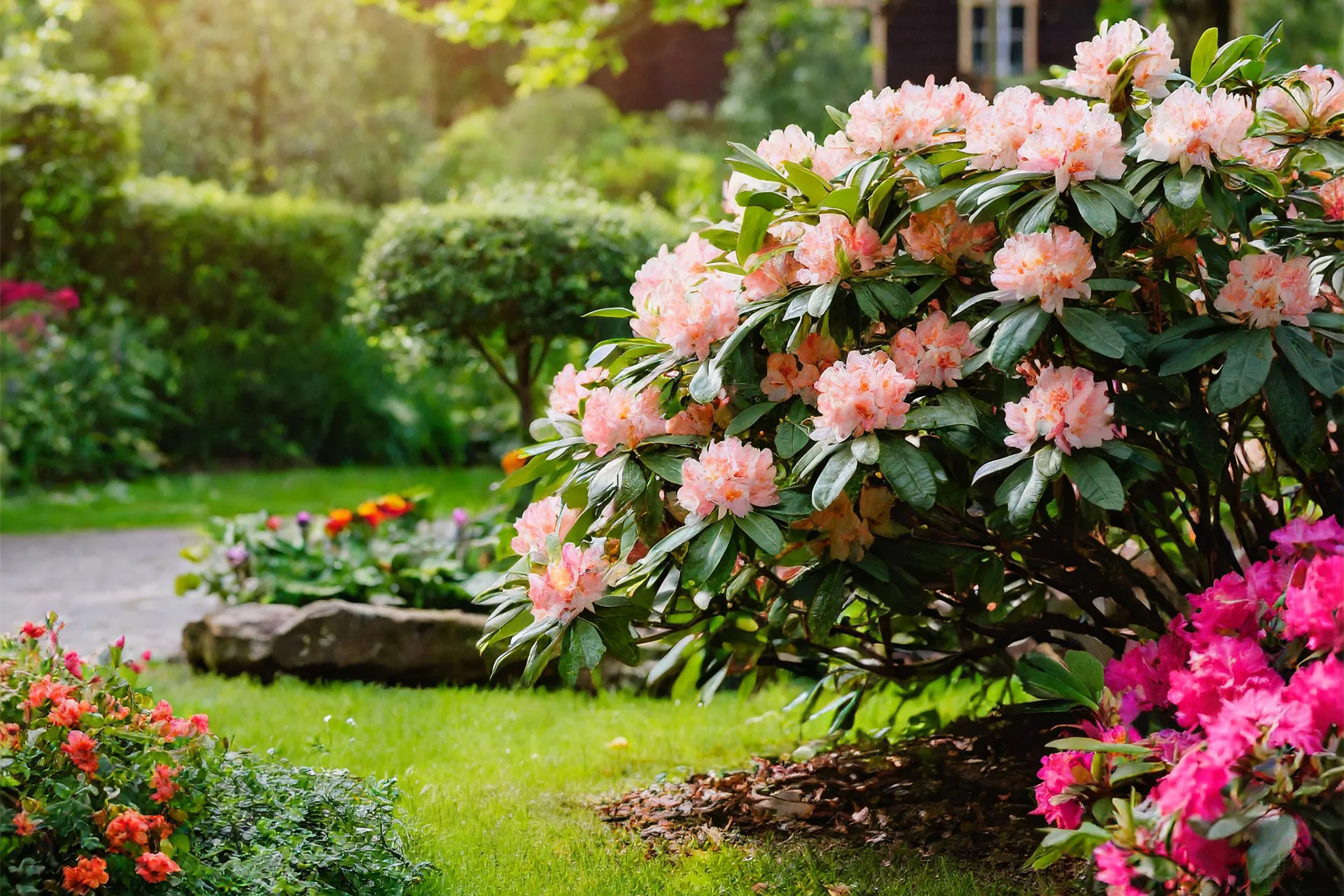This post may contain affiliate links. When you purchase through links on my site, I may earn a commission at no cost to you. See my Privacy Policy for details.
Evergreen plants, with their perennial foliage, have become a staple in garden design, offering year-round beauty. Let’s look at the diverse world of evergreen plants, providing insights into their types, selection, planting tips, and the art of designing stunning evergreen gardens.
Types of Evergreen Plants
Broadleaf Evergreens
Broadleaf evergreens are characterized by their unique foliage, which, as the name suggests, features broad, flat leaves. This distinguishes them from their counterparts, the needle-like leaves of coniferous evergreens. The foliage of broadleaf evergreens remains lush and green throughout the year, making them a valuable asset for maintaining visual appeal, especially during the winter months.
Key Features of Broadleaf Evergreens
- Leaf Structure: The defining characteristic of broadleaf evergreens is their broad and often glossy leaves. These leaves come in a variety of shapes, sizes, and textures, contributing to the visual interest they bring to your garden.
- Year-Round Greenery: Unlike deciduous plants that shed their leaves in the fall, broadleaf evergreens retain their foliage throughout the year. This ever-present greenery ensures that your garden maintains its vibrancy even in the coldest seasons.
- Unique Shapes and Textures: Plants like rhododendrons and hollies showcase a wide range of shapes and textures. Rhododendrons, for instance, boast large, showy clusters of flowers, while hollies exhibit distinctive berries. Integrating these diverse shapes and textures into your garden design adds layers of visual interest and complexity.
Popular Broadleaf Evergreens for Your Garden
- Rhododendrons: Renowned for their stunning flowers, rhododendrons come in various colors and sizes. They are excellent choices for creating focal points and adding bursts of color to your garden.
- Hollies: With their glossy green leaves and vibrant red berries, hollies are not only visually appealing but also attract wildlife. These evergreens contribute to the ecological balance of your garden.
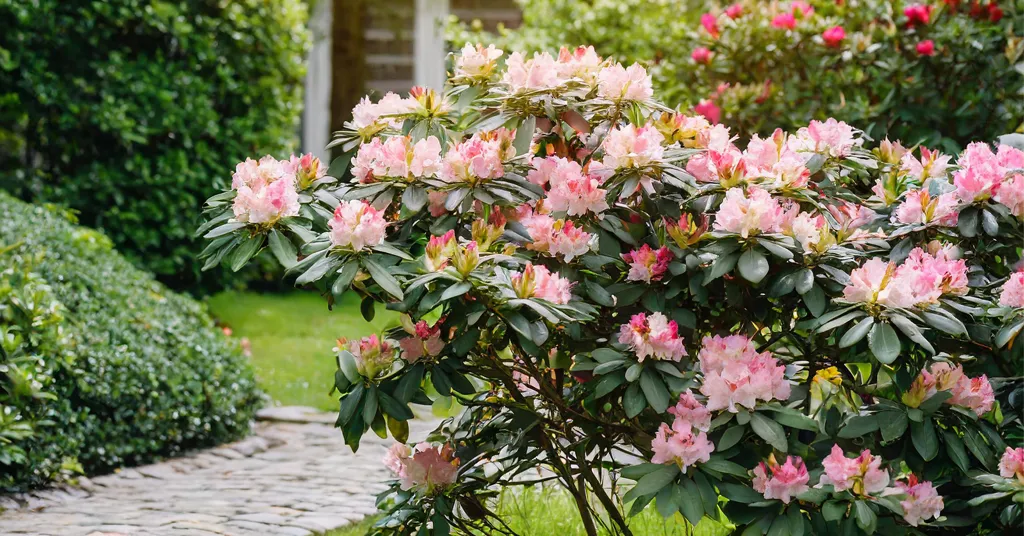
Incorporating Broadleaf Evergreens into Your Garden Design
- Backdrop in Winter: Broadleaf evergreens serve as a reliable backdrop, maintaining a green canvas when other plants might be dormant. This characteristic is particularly valuable in regions with cold winters.
- Creating Depth: The diverse shapes and textures of broadleaf evergreens allow you to create layers in your garden. Plant them strategically to add depth and dimension to your landscape.
- Year-Round Interest: By incorporating broadleaf evergreens, you ensure that your garden remains visually appealing throughout the changing seasons. This constant interest is especially beneficial for those who appreciate a dynamic and ever-changing outdoor space.
Broadleaf evergreens contribute not only to the aesthetic beauty of your garden but also to its structure and resilience. Understanding their unique features allows you to make informed choices, creating a garden that is not only visually stunning but also sustainable and engaging year-round.
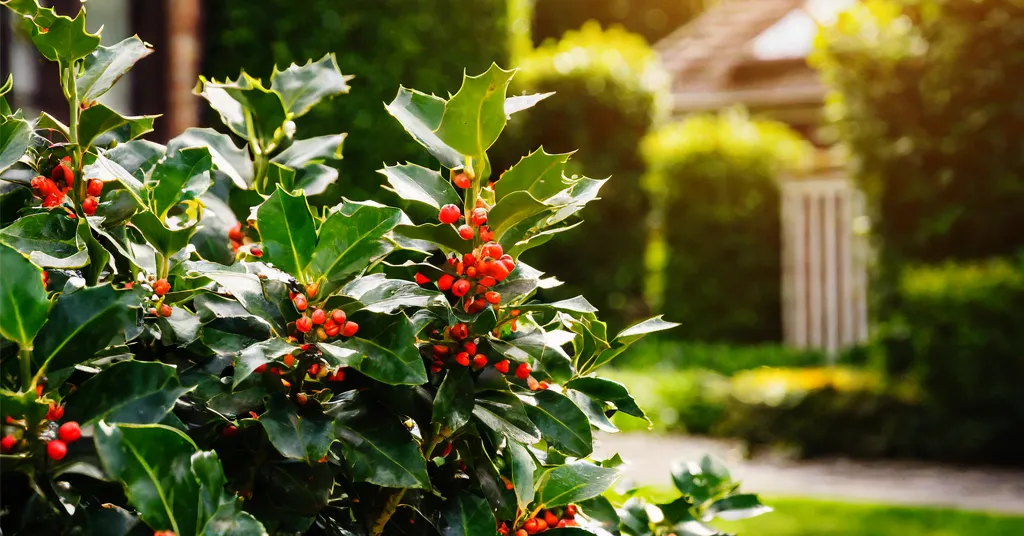
Coniferous Evergreens
Coniferous evergreens, a diverse group of plants, offer a distinct allure to your garden landscape. Understanding the defining characteristics of coniferous evergreens is essential for harnessing their unique features and enhancing the visual appeal of your outdoor space.
What Sets Coniferous Evergreens Apart
- Needle-Like Leaves: The most distinctive feature of coniferous evergreens is their needle-like leaves. These slender, elongated leaves are adapted to conserve water, making conifers well-suited for various climates, including those with colder temperatures.
- Cone-Bearing Structures: Conifers are known for their cone-bearing structures, where seeds develop. These cones add an intriguing aspect to the visual composition of the plants and contribute to their reproductive cycle.
- Year-Round Foliage: Similar to broadleaf evergreens, conifers retain their foliage throughout the year. This evergreen quality ensures that your garden maintains a green and lively presence, even during winter.
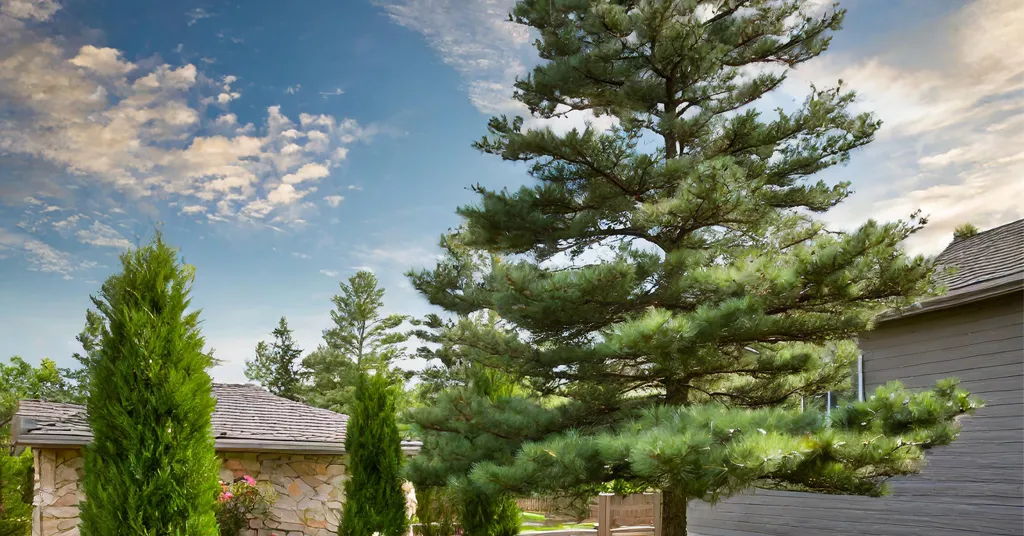
Popular Varieties of Coniferous Evergreens
- Majestic Pines: Pines are iconic members of the conifer family, known for their tall and stately presence. Varieties like Eastern White Pine or Scots Pine can serve as focal points in your garden, adding a touch of grandeur.
- Charming Junipers: Junipers, with their gracefully cascading branches and aromatic foliage, bring a touch of charm to any garden. They are versatile plants, suitable for ground cover, hedges, or decorative accents.
Discovering the Unique Features
Coniferous evergreens often exhibit unique architectural forms, ranging from the pyramidal shape of spruces to the weeping habit of certain cedars. Utilize these distinctive forms to add structure and interest to your garden.
Explore the diverse textures and shades of green that coniferous evergreens offer. From the soft needles of firs to the silvery hues of blue spruces, these variations can be strategically employed to create visual interest.
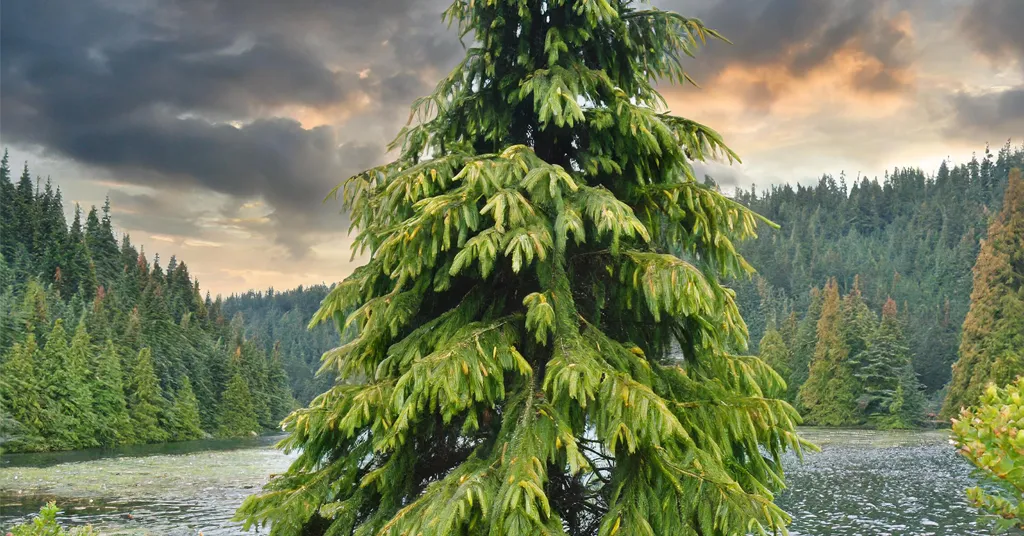
Incorporating Coniferous Evergreens into Your Landscape
- Year-Round Focal Points: The evergreen nature of conifers makes them ideal for creating year-round focal points. Plant them strategically to ensure there’s always a prominent feature in your garden.
- Windbreaks and Privacy Screens: The dense foliage of conifers also makes them effective windbreaks and privacy screens. Consider planting them along boundaries to create a natural barrier.
- Container Gardening: Many dwarf conifers are well-suited for container gardening, allowing you to bring the unique charm of conifers to patios, balconies, and small garden spaces.
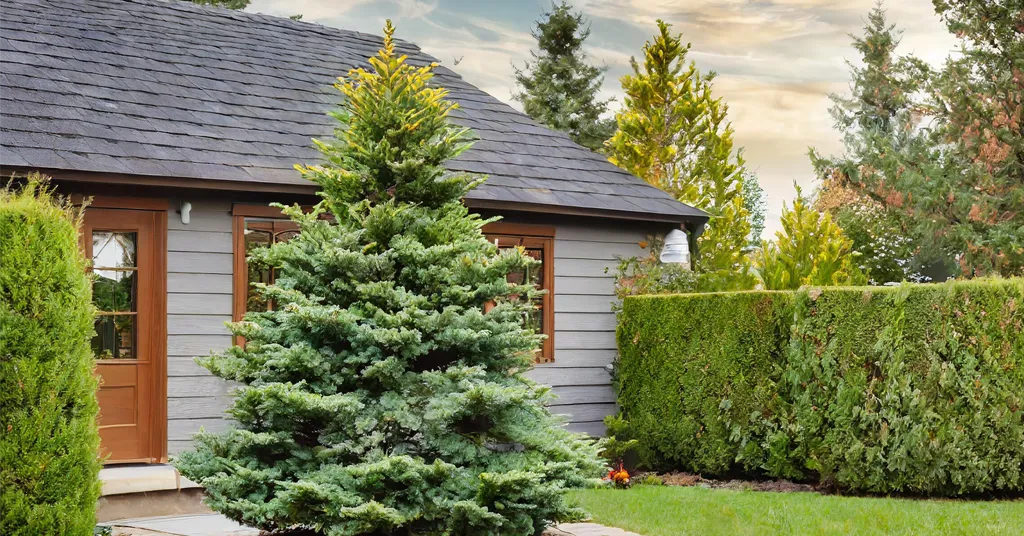
Coniferous evergreens bring a unique charm and structural elegance to gardens. Understanding their needle-like leaves, cone-bearing structures, and year-round foliage enables you to make informed choices in garden design. Whether you opt for majestic pines or charming junipers, incorporating coniferous evergreens adds a touch of natural beauty that lasts throughout the seasons.
Choosing the Right Evergreen Plants
Selecting the perfect evergreen plants for your garden involves thoughtful consideration of several key factors. Your choices will depend on the unique characteristics of your climate, soil conditions, and the amount of sunlight your garden receives. These crucial considerations will guide you in making informed decisions for a thriving and visually appealing garden.
Climate Considerations
Understanding your local climate is paramount when choosing evergreen plants. Different species thrive in specific temperature ranges and climatic conditions. Consider factors such as temperature extremes, frost frequency, and overall weather patterns in your region. This knowledge will guide you towards evergreens that are well-adapted to your climate, ensuring their resilience and longevity in your garden.
Soil Preferences
Soil quality plays a significant role in the health and growth of evergreen plants. Conduct a soil test to determine its composition, pH levels, and drainage capacity. Evergreens have varying soil preferences; for instance, acid-loving plants like rhododendrons thrive in acidic soil. By understanding your soil’s characteristics, you can choose evergreens that will flourish in your specific garden environment.
Sunlight Requirements for Evergreen Plants
The amount of sunlight your garden receives is a critical factor in selecting evergreen plants. Some species thrive in full sunlight, while others prefer partial or full shade. Evaluate your garden’s sun exposure throughout the day and consider the potential shading from nearby structures or trees. This information will guide you in choosing evergreens that match the sunlight conditions of your garden, ensuring optimal growth and vitality.
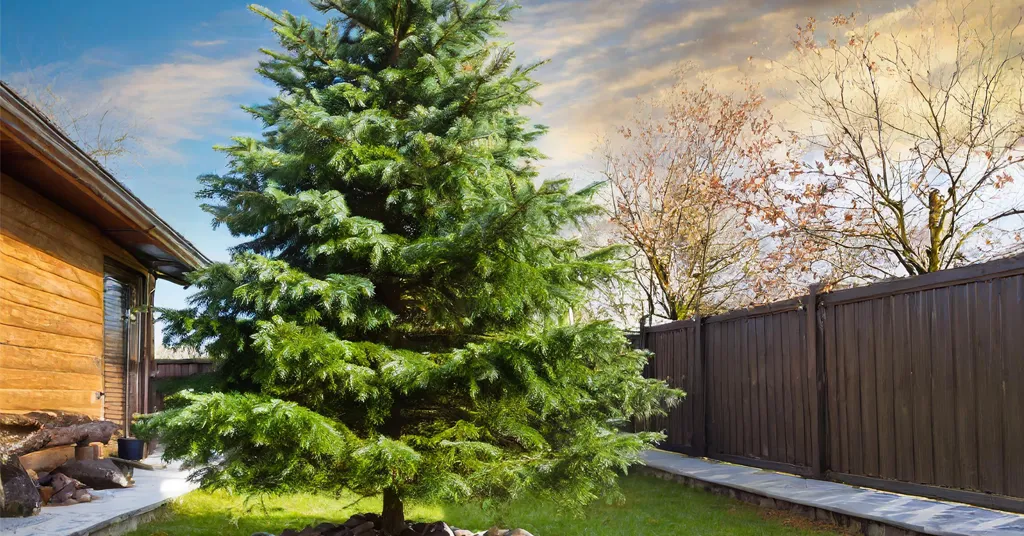
Consideration of Microclimates
Within your garden, microclimates may exist, creating small variations in temperature and sunlight. Take note of areas with unique characteristics, such as spots that receive more or less sunlight, areas prone to frost pockets, or locations with better drainage. Tailoring your plant selections to these microclimates allows you to maximize the potential of every area in your garden.
Aesthetic Preferences
Think about the visual appeal you want to achieve. Consider the colors, shapes, and textures of evergreen plants that align with your design vision. Whether you’re aiming for a formal garden, a naturalistic landscape, or a vibrant mix of colors, incorporating evergreens that complement your aesthetic preferences ensures a harmonious and visually pleasing garden.
Designing a Stunning Evergreen Garden: Crafting Timeless Beauty
Creating a visually appealing garden that captivates throughout the year is an art form that involves thoughtful design strategies. Use the world of garden design to discover how the interplay of balance, the harmonious mix of evergreens with other plants, and the artful use of colors and textures can elevate your outdoor space to new heights.
Creating Balance
Balance is a fundamental principle in garden design, and achieving it with evergreens involves careful consideration of both form and function. Distribute evergreen plants evenly across your garden, taking into account their sizes, shapes, and growth habits. This creates a sense of equilibrium, preventing any one area from feeling overcrowded or neglected. Balance extends beyond visual symmetry; it also involves considering the seasonal attributes of evergreens, ensuring your garden remains vibrant and engaging throughout the changing seasons.
Mixing Evergreens with Other Plants
The magic of a stunning garden lies in the harmonious coexistence of different plant varieties. Integrate evergreens seamlessly with deciduous plants, flowering perennials, and annuals. This dynamic mix not only adds diversity but also ensures that your garden offers interest and variation in every season. Consider layering plants to create depth and visual intrigue, with evergreens serving as the backbone that provides structure year-round.
Playing with Colors
Colors play a pivotal role in garden aesthetics. Evergreen foliage provides a reliable backdrop, allowing you to experiment with a palette of colors in other plants. Introduce vibrant flowering plants, ornamental grasses, or foliage with varying hues to create eye-catching contrasts. Consider the color wheel and complementary or analogous color schemes to achieve a harmonious blend. The consistent green of evergreens becomes a canvas for seasonal bursts of color, creating a dynamic and evolving garden landscape.
Exploring Textures of Evergreen Plants
Texture adds another layer of interest to your garden design. Evergreens offer a variety of textures, from the soft needles of pines to the leathery leaves of hollies. Integrate plants with different textures to create a tactile and visually rich experience. Combining fine-textured plants with coarse-textured ones adds depth and complexity to your garden, inviting exploration and engagement.
Strategic Placement for Visual Impact
Consider the focal points and viewpoints in your garden. Place evergreens strategically to draw attention to specific areas or features. Whether framing an entrance, accentuating a garden sculpture, or providing a backdrop for a seating area, the placement of evergreens enhances the overall visual impact of your garden.
By carefully orchestrating the elements of balance, plant diversity, color, and texture, you can design a stunning evergreen garden that remains visually captivating throughout the seasons. Embrace the creativity that gardening allows, experiment with different combinations, and let your unique vision flourish into a timeless masterpiece in your outdoor haven.

